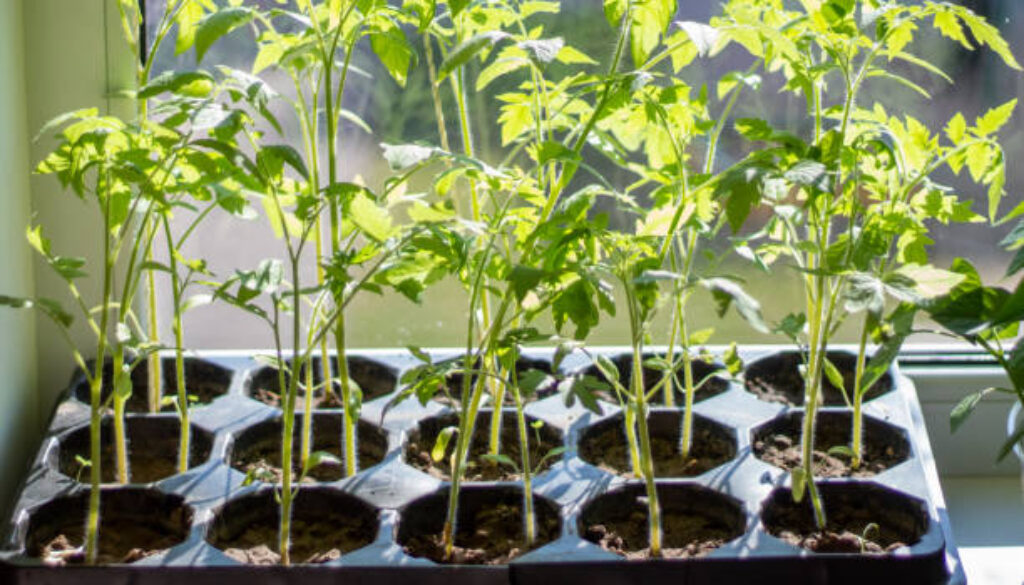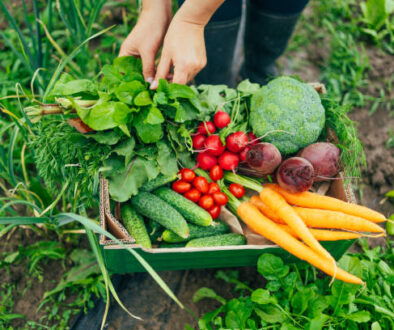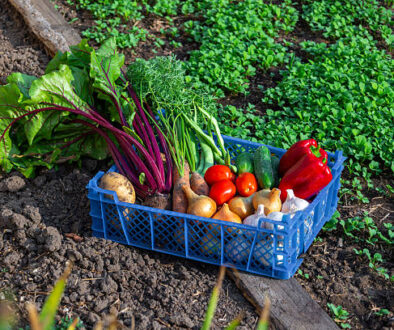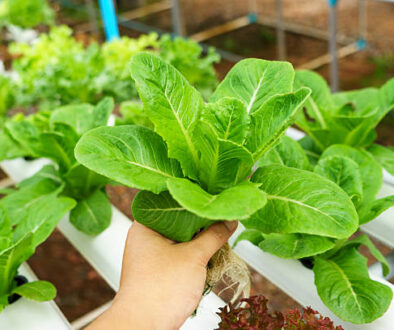Fall Garden Tips That Make Your Plants Twice as Effective
This post may contain paid and/or affiliate links. I may earn a small commission at no extra cost to you.
When most people think of gardening, they picture spring planting or the abundance of summer harvests.
But here’s a little gardening secret I want to share: fall is one of the best times to grow strong, healthy plants.
With the right approach, your fall vegetable garden can actually be more productive, flavorful, and easier to manage than your summer garden.
The cool temperatures, fewer pests, and gentler sun create perfect conditions for both vegetables and flowers.
Plus, if you follow the right gardening planting guide, you can set yourself up for a thriving fall planting for winter harvest.
So let’s dig into some fall plants ideas and practical tips that will make your garden not just effective, but twice as effective.
Why Gardening in the Fall Is So Powerful
Before jumping into tips, let’s talk about why gardening in the fall gives you a big advantage.
- Cooler weather = better flavor. Leafy greens, carrots, and other root crops get sweeter when touched by frost.
- Fewer pests. By October, many of the bugs that devour your summer crops have disappeared.
- Less stress on plants. Without the scorching sun, your plants put more energy into developing strong roots.
- Extended harvests. A little smart planning means you’ll be eating fresh produce well into winter.
If you’ve ever wanted a garden that works harder for you, fall is the time to make it happen.
Tip #1: Start with the Right Soil Prep
Good soil is the foundation of any garden, but in fall it’s even more important. After summer crops are finished, your soil might be tired. Give it some love.
- Add compost. A layer of compost improves nutrients and feeds your plants for weeks.
- Loosen the soil. Cooler weather means roots don’t grow as quickly, so give them room to spread.
- Mulch well. Mulching keeps soil warm and moist, which is key for seedlings in your fall vegetable garden.
Think of soil prep as setting the table before dinner. The better you set it, the more your plants will thrive.
Tip #2: Choose Crops That Love the Cold
Not every plant enjoys cooler weather, so pick ones that actually thrive in it. Some of the best fall plants ideas for vegetables include:
- Spinach and kale (leafy greens that sweeten after frost)
- Radishes (fast growers you can harvest in weeks)
- Carrots and beets (sweet roots perfect for late fall)
- Garlic and onions (classic choices for fall planting for winter harvest)
- Broccoli and cabbage (cool-season workhorses)
These plants not only survive but become more flavorful as temperatures drop. That’s what makes your gardening planting guide twice as effective.
Tip #3: Timing Is Everything
Planting in fall requires a little clock-watching. You want crops to establish before frost but not grow too quickly in the still-warm soil.
Here’s a simple formula:
Take your first expected frost date, count backward by the days to maturity for your crop, and plant accordingly.
For example:
- Radishes (25–30 days) can be planted close to frost.
- Carrots (60–75 days) need earlier planting.
- Garlic (planted in October) sleeps through winter and wakes up in spring.
Follow this approach, and your fall vegetable garden won’t just survive—it will thrive.
Tip #4: Protect Your Plants from the Cold
Even cold-loving plants need a little help when temperatures drop sharply.
That’s where protection comes in.
- Row covers act like mini greenhouses, holding in warmth.
- Mulch insulates the soil and keeps roots from freezing.
- Cold frames let you harvest tender greens all winter long.
Think of it as giving your plants a cozy blanket. A little protection doubles their effectiveness in your fall planting for winter harvest.
Tip #5: Mix Veggies with Flowers
Here’s a fun one, don’t limit your fall vegetable garden to just food.
Adding flowers makes it twice as effective by improving pollination, reducing pests, and brightening your garden.
Great fall plants ideas for flowers include:
- Pansies and violas (hardy, colorful, and cheerful)
- Chrysanthemums (the classic fall bloomer)
- Marigolds (natural pest fighters)
- Snapdragons (add height and drama to beds)
By mixing flowers with vegetables, your gardening in the fall becomes more beautiful and more productive.
Tip #6: Use Succession Planting
Succession planting is simply planting in waves. Instead of planting all your radishes at once, plant a few rows every two weeks.
Why does this make your garden twice as effective?
- You extend your harvest window.
- You always have fresh produce ready.
- You use space more efficiently.
This strategy is perfect for lettuce, spinach, and radishes in your fall vegetable garden.
Tip #7: Think About Companion Planting
The right strategies include companion planting, pairing crops that help each other grow.
Some ideas for fall:
- Garlic repels pests that might attack your cabbage.
- Marigolds discourage nematodes and other soil pests.
- Chamomile improves the flavor of nearby herbs.
By pairing the right plants, you double the effectiveness of your gardening in the fall without adding extra work.
Tip #8: Water Less, But Wisely
Cooler weather means soil dries out more slowly. Overwatering can actually hurt your plants.
- Check before watering. Stick your finger in the soil—if it’s moist, skip watering.
- Water in the morning. This gives plants time to dry before nightfall, reducing disease.
- Focus on the roots. Plants absorb water best at the base, not on their leaves.
A smart watering strategy makes your fall planting for winter harvest more resilient.
Tip #9: Harvest at the Right Time
The key to getting twice the flavor from your crops is knowing when to pick them.
- Carrots and kale taste sweeter after a frost.
- Radishes should be harvested quickly to avoid becoming woody.
- Lettuce and spinach can be cut early and often for a continual harvest.
Harvesting at the right moment makes your fall vegetable garden more productive and your meals more delicious.
Tip #10: Keep Planting for Winter
Many gardeners stop planting in October, but you don’t have to. With the right crops, you can keep your garden going all winter.
Great choices for fall planting for winter harvest include:
- Garlic
- Onions
- Carrots left under mulch
- Kale and spinach under row covers
This keeps your gardening in the fall effective long after most gardens shut down.
Pulling It All Together
Let’s recap how to make your fall vegetable garden twice as effective:
- Start with strong soil prep.
- Choose crops that thrive in cooler weather.
- Time your planting carefully.
- Protect plants with covers and mulch.
- Mix veggies with flowers for beauty and function.
- Use succession planting to extend harvests.
- Pair crops through companion planting.
- Water smartly.
- Harvest at the right time.
- Keep planting for winter.
Follow this guide, and your fall garden won’t just survive—it will work harder, last longer, and taste more better.
Coclusion
Fall isn’t the end of the gardening season—it’s the beginning of something even better.
With a little planning, your gardening in the fall can be twice as effective as summer gardening.
You’ll enjoy sweeter vegetables, colorful flowers, and even fresh food in the middle of winter.
So grab your gloves, try these fall plants ideas, and see for yourself how rewarding a fall planting for winter harvest can be.
Your plants will thank you with flavor, color, and plenty of harvests to carry you through the cold months.
FAQs
1. What vegetables grow best in a fall vegetable garden?
Some of the best crops for a fall vegetable garden are kale, spinach, radishes, carrots, beets, broccoli, and garlic. These vegetables love cooler temperatures and taste even better after frost.
2. Can I still plant flowers in the fall?
Yes! Pansies, violas, chrysanthemums, marigolds, and snapdragons are excellent fall plants ideas that provide color and support your vegetables by attracting pollinators and deterring pests.
3. How do I plan fall planting for winter harvest?
Focus on crops like garlic, onions, carrots, and kale that can either overwinter in the soil or provide fresh harvests under row covers. This type of fall planting for winter harvest ensures fresh food even when it’s cold outside.
4. Do I need a gardening planting guide for fall?
Yes. A gardening planting guide helps you know what crops to choose, when to plant them, and how to protect them. Since fall conditions are different from summer, a guide makes your gardening in the fall more efficient and successful.



